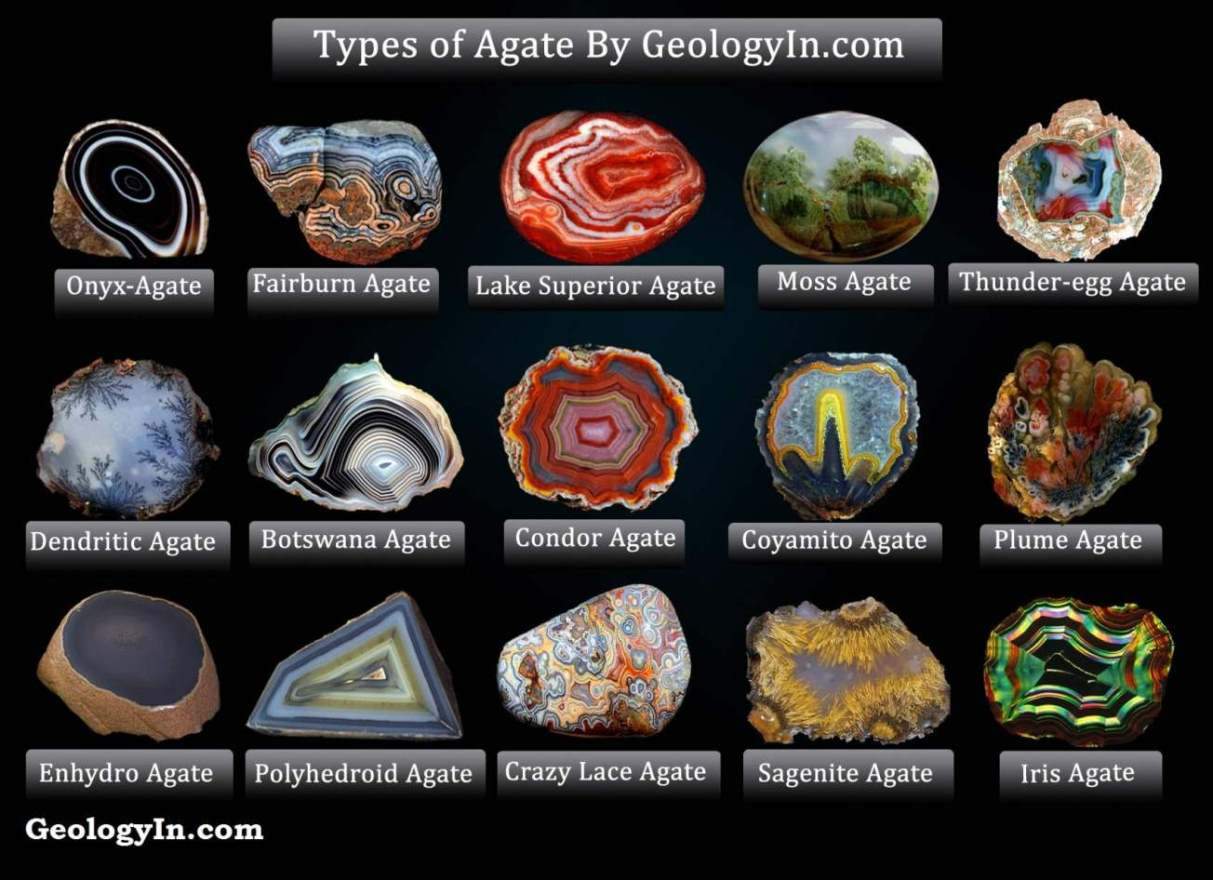Traces of DNA Found in Fossilized Dinosaur Skull
 |
| Traces of DNA Found in Fossilized Dinosaur Skull. Ground section of Hypacrosaurus (MOR 548) supraoccipital shows exceptional histological preservation of calcified cartilage. |
A shocking new study suggests that researchers have found traces of DNA inside a fossilized dinosaur skull. Cartilage cells, chromosomes and DNA preserved in 75-million-year-old baby duck-billed dinosaur
This study is lead by Dr. Alida Bailleul (Institute of Vertebrate Paleontology and Paleoanthropology, the Chinese Academy of Sciences) and Dr. Mary Schweitzer (North Carolina State University, NC Museum of Natural Sciences, Lund University and Museum of the Rockies). Microscopic analyses of skull fragments from these nestling dinosaurs were conducted by Alida Bailleul at the Museum of the Rockies. In one fragment she noticed some exquisitely preserved cells within preserved calcified cartilage tissues on the edges of a bone.
Two cartilage cells were still linked together by an intercellular bridge, morphologically consistent with the end of cell division (see left image below). Internally, dark material resembling a cell nucleus was also visible. One cartilage cell preserved dark elongated structures morphologically consistent with chromosomes (center image below). "I couldn't believe it, my heart almost stopped beating," Bailleul says.
The team found that the organic matrix surrounding the fossilized cartilage cells reacted to antibodies of Collagen II, the dominant protein in cartilage in all vertebrates. "This immunological test supports the presence of remnants of original cartilaginous proteins in this dinosaur," Schweitzer says.
The researchers also isolated individual Hypacrosaurus cartilage cells and applied two DNA-stains, DAPI (4?,6-diamidino-2-phenylindole) and PI (propidium iodide). These bind specifically to DNA fragments in extant material, and some of the isolated dinosaur cells showed internal, positive binding in the same pattern as seen in modern cells, suggesting some original dinosaur DNA is preserved (see below, right image).
"These new exciting results add to growing evidence that cells and some of their biomolecules can persist in deep-time. They suggest DNA can preserve for tens of millions of years, and we hope that this study will encourage scientists working on ancient DNA to push current limits and to use new methodology in order to reveal all the unknown molecular secrets that ancient tissues have" Bailleul says.
The possibility that DNA can survive for tens of millions of years is not currently recognized by the scientific community. Rather, based upon kinetic experiments and modelling, it is generally accepted that DNA persists less than 1 million years. These new data support other results that suggest DNA in some form can persist in Mesozoic tissues, and lay the foundation for future efforts to recover and sequence DNA from other very ancient fossils in laboratories worldwide.
The above story is based on materials provided by Science China Press.

%20(1).webp)






